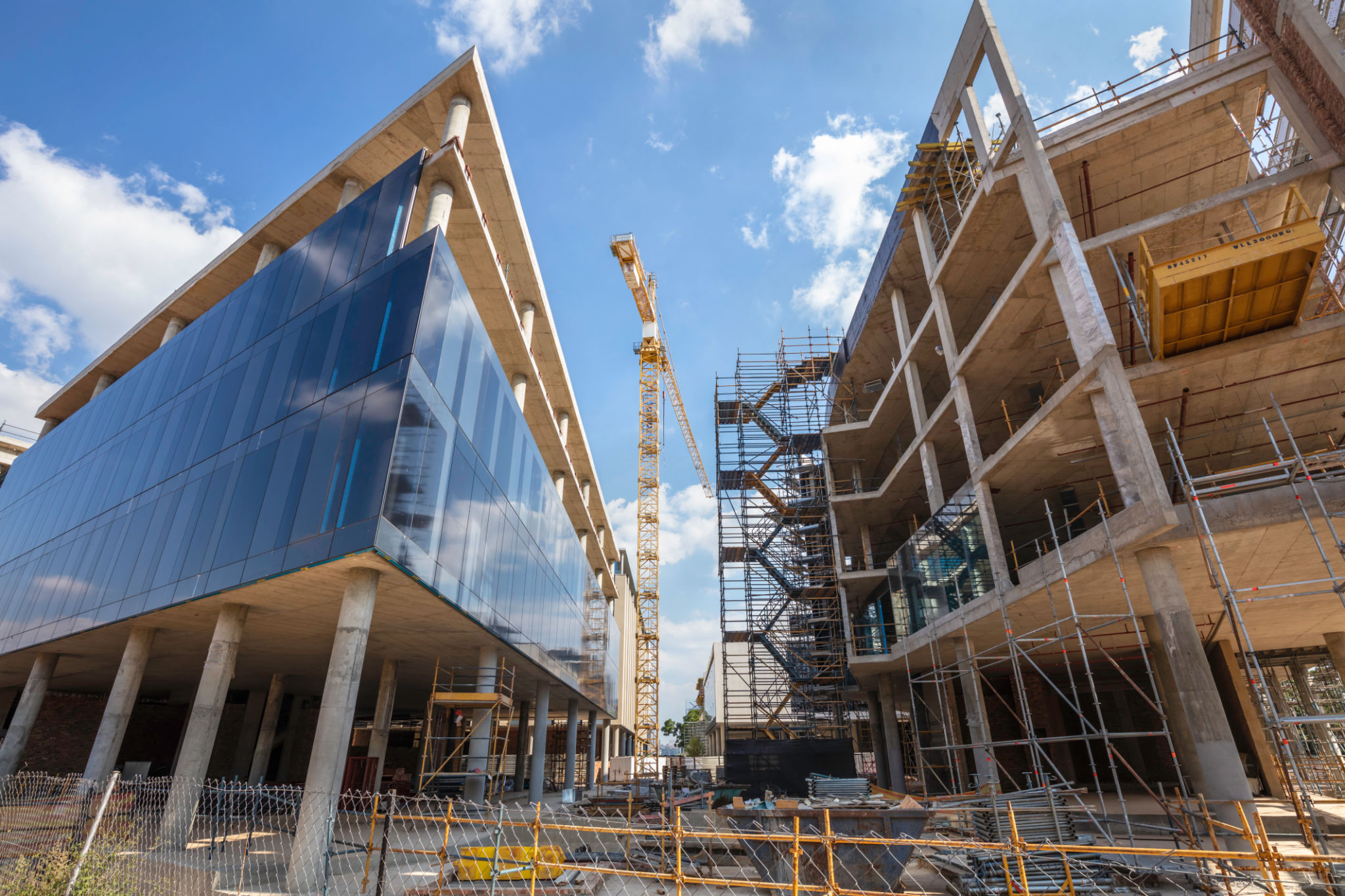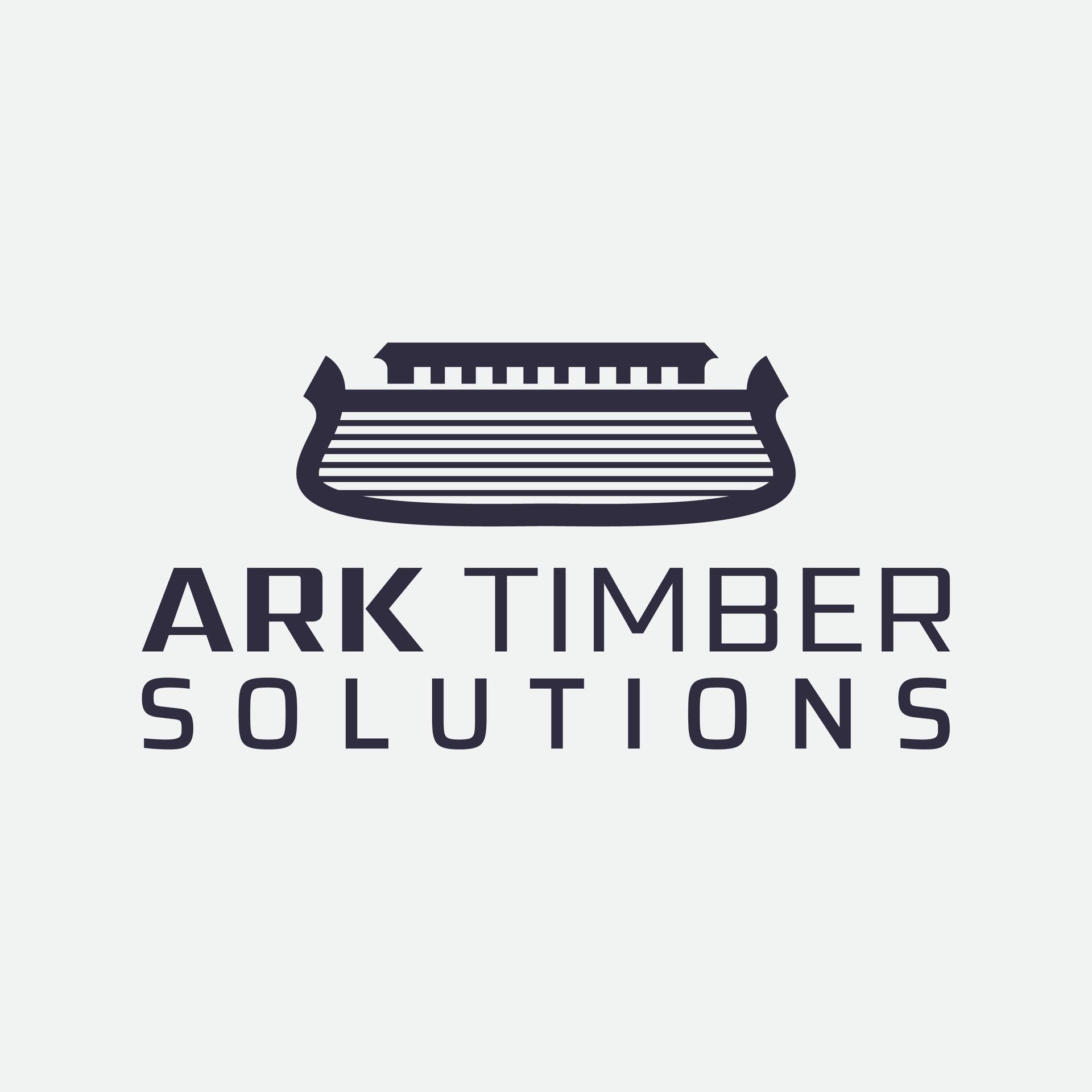Choosing the Right Timber Frame for Your New Build: High-Quality Construction Tips
Understanding Timber Frame Basics
When embarking on a new build, choosing the right timber frame is crucial for ensuring a durable and aesthetically pleasing structure. Timber frames are popular for their strength, sustainability, and flexibility in design. Understanding the basics of timber framing can help you make informed decisions that will benefit your project in the long run.

Types of Timber
The first step in selecting the right timber frame is knowing the types of timber available. Common options include softwoods like pine and spruce, and hardwoods such as oak and ash. Each type of wood has its advantages, with softwoods being more cost-effective and hardwoods offering exceptional strength and longevity. It's important to match the type of timber to your specific construction needs.
Another factor to consider is whether to use engineered or solid timber. Engineered timber, like laminated veneer lumber (LVL), provides enhanced stability and uniformity, which can be beneficial for larger structures. Solid timber, on the other hand, offers a more traditional look and feel that many homeowners desire.
Key Considerations for Quality Timber Frames
Ensuring high-quality construction starts with choosing timber that meets industry standards. Look for timber that has been graded and certified for structural use. This certification guarantees that the wood meets specific strength and durability criteria, reducing the risk of future structural issues.

Moisture Content and Treatment
Controlling moisture content in timber is essential to prevent warping, shrinkage, or decay. Ideally, timber should have a moisture content between 12% and 16% before installation. Additionally, consider purchasing treated timber to enhance resistance against pests and environmental factors. Treatments such as pressure treating or kiln drying can significantly prolong the lifespan of your timber frame.
Design Flexibility with Timber Frames
One of the standout features of timber frame construction is its design flexibility. Timber allows for open-plan spaces, high ceilings, and unique architectural details that other materials might not support. When planning your new build, take advantage of this flexibility to create a living space that reflects your personal style.

Environmental Impact
Timber frames are an environmentally friendly choice, as they are made from renewable resources. Opting for sustainably sourced timber can further reduce your build's carbon footprint. Look for certifications like the Forest Stewardship Council (FSC) label to ensure your timber comes from responsibly managed forests.
- Choose sustainably sourced timber.
- Consider recycled or reclaimed wood options.
- Implement energy-efficient designs to complement your timber frame.
Working with Professionals
Collaborating with experienced architects and builders is essential when constructing a timber frame home. Professionals can guide you through the selection process, ensuring that you choose materials that meet both your aesthetic preferences and structural requirements. They can also help you navigate building codes and regulations, ensuring a smooth construction process.
Investing time in selecting the right timber frame can lead to a beautiful, sustainable, and long-lasting home. By considering factors such as wood type, quality standards, and environmental impact, you can make choices that will enhance both the value and enjoyment of your new build for years to come.
